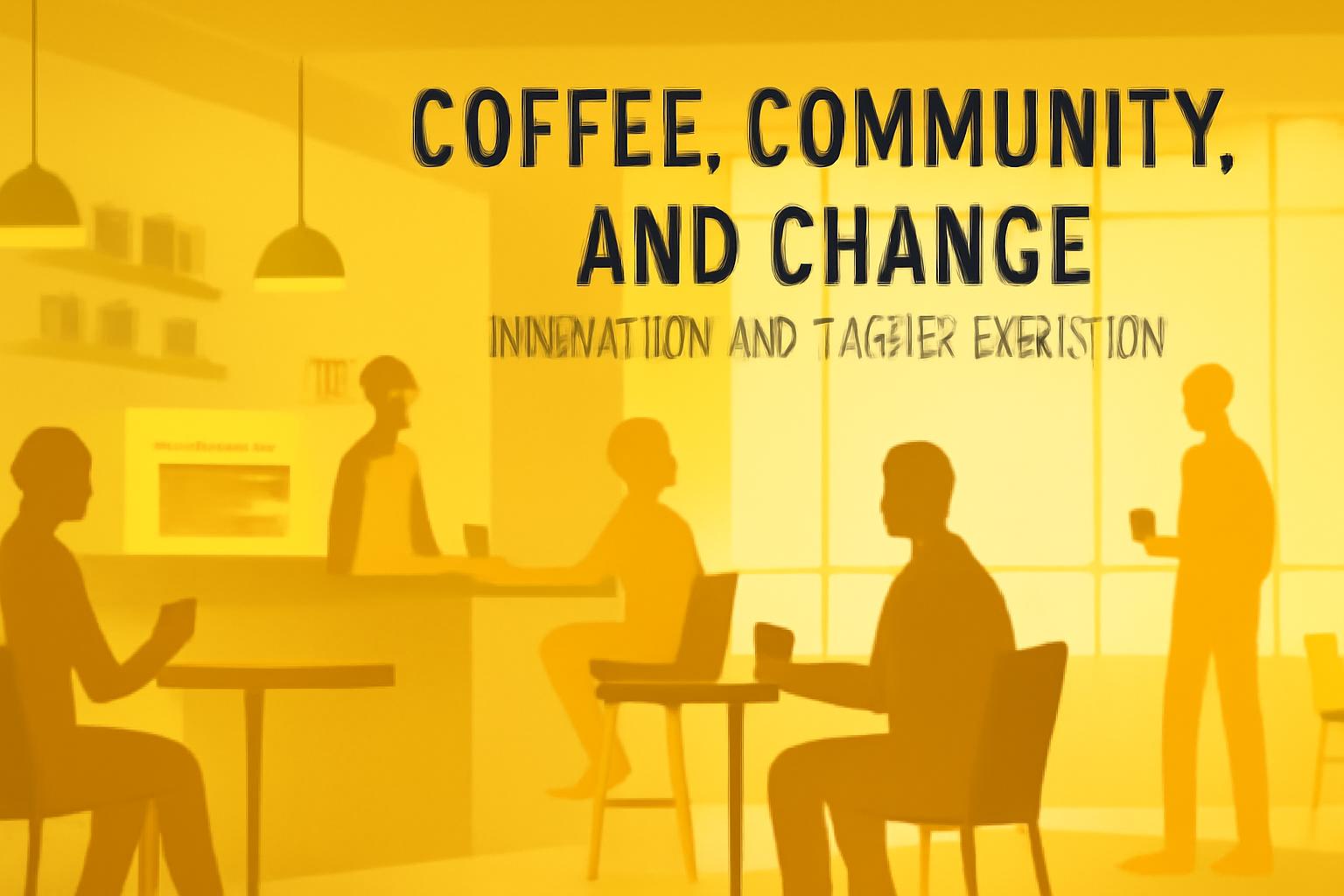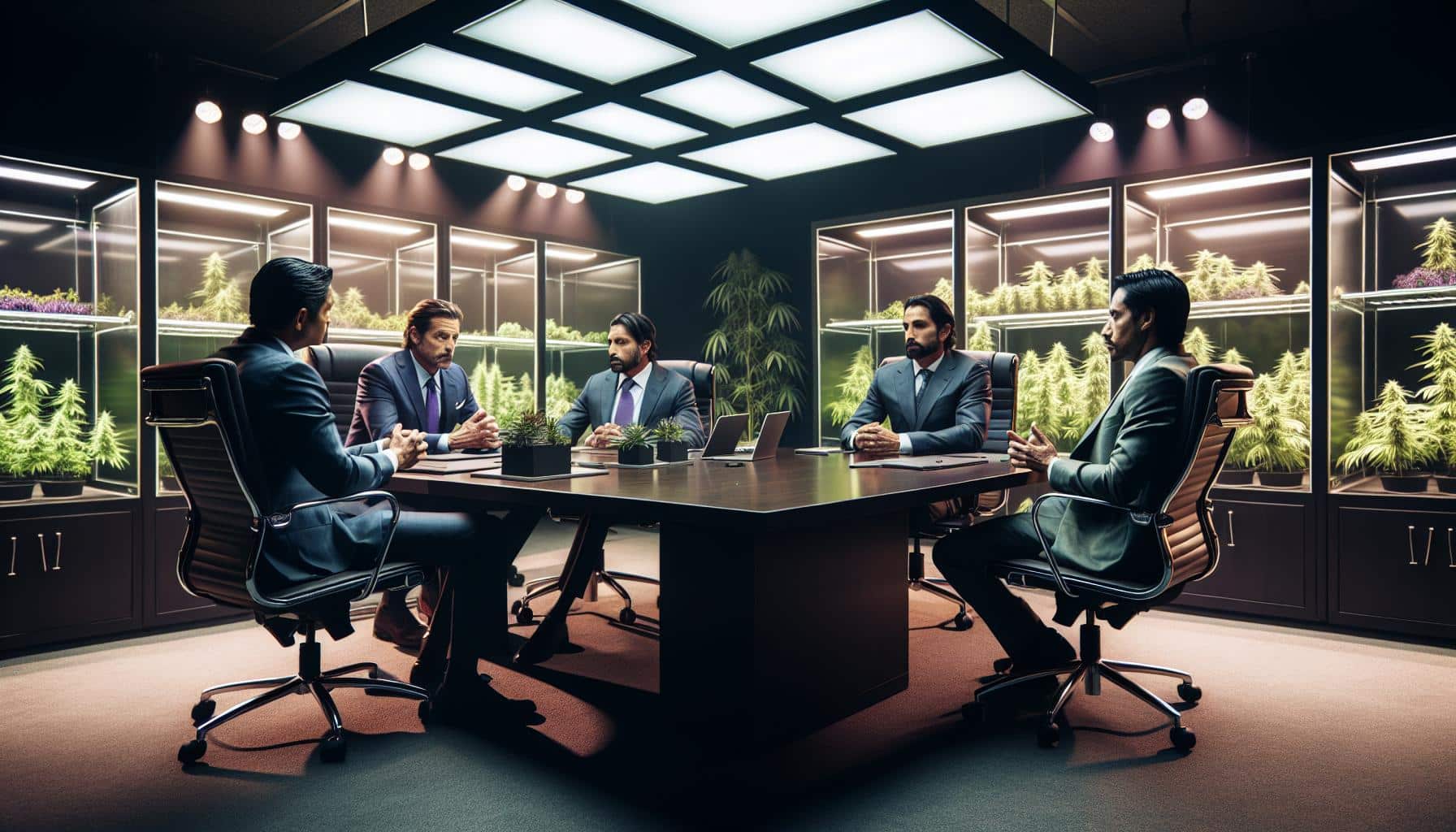Starbucks at a Crossroads: One Year Under Brian Niccol
Brian Niccol, who took the helm of Starbucks a year ago, faces a complex path as he pursues a turnaround for the coffee giant. Despite his previous success leading Chipotle’s recovery, Starbucks continues to experience shrinking same-store sales and declining foot traffic amid shifting customer preferences and competition.
Customer Loyalty Tested
Longtime Starbucks patron Tony Dennis, a 65-year-old real estate developer from Las Vegas, exemplifies the challenges Starbucks faces. After two decades of daily visits, Dennis defected last year due to a perceived decline in customer engagement and rising prices. Yet, he has since returned, noting recent improvements in store ambiance and service that align with Niccol’s vision.
Niccol has emphasized a return to Starbucks’ roots as a “third place” — a welcoming space beyond home and work. Early turnaround efforts focused on revitalizing the U.S. business, streamlining order fulfillment to under four minutes, and restoring familiar elements like condiment bars and cozy seating areas. Unpopular menu items have been removed to sharpen the brand’s coffee focus.
Operational Adjustments and Workforce Reorganization
Niccol’s leadership brought significant executive turnover, replacing several top managers with trusted colleagues from Taco Bell and Chipotle. The company also enacted a corporate workforce reduction of approximately 1,100 positions to improve efficiency and reintroduced a four-day in-office workweek for corporate staff, sparking some controversy.
On the frontline, baristas have experienced mixed impacts. The reintroduction of handwritten Sharpie messages on cups is intended to add a personal touch but has increased pressure on understaffed teams. Starbucks’ Green Apron Service program, which adds labor hours and uses technology to improve service flow, aims to enhance customer interactions but has received varied feedback from employees.
Union Relations and Labor Challenges
Starbucks continues to navigate tensions with its growing unionized workforce. While Niccol initially pledged cooperation, union negotiations have stalled, with union representatives criticizing management’s reluctance to reengage. Starbucks maintains that unionized employees represent a small fraction of its workforce and highlights improvements in employee retention and satisfaction.
Investor Sentiment and Financial Outlook
Niccol’s appointment initially sparked investor enthusiasm, driving Starbucks’ stock up 24% on the day of the announcement. However, over the past year, shares have declined by 7%, reflecting skepticism about the pace and scope of the turnaround. Analysts note ongoing challenges in balancing Starbucks’ scale with the local coffeehouse experience and managing mobile ordering demands.
The company has been conservative with financial guidance, suspending long-term forecasts amid CEO transition and operational uncertainty. Starbucks disclosed a $500 million labor investment related to its Green Apron Service but has yet to provide detailed margin or earnings targets. An investor day scheduled for early 2026 is expected to clarify strategic and financial priorities.
Strategic Initiatives and Future Prospects
Looking ahead, Niccol plans further innovations, including improved food offerings and extensive remodeling of approximately 1,000 U.S. stores by the end of 2026 to enhance seating and ambiance. Adjustments to the Starbucks Rewards loyalty program aim to shift focus from discounts toward deeper customer engagement.
Starbucks is also actively exploring strategic partnerships for its China division, a market that has struggled post-pandemic due to intensified competition. The company has attracted interest from over 20 potential partners, with valuations around $5 billion reported. Niccol envisions significant growth potential, targeting up to 30,000 stores in China in the future.
Conclusion
Brian Niccol’s first year at Starbucks has been marked by ambitious changes and mixed results. While some customers are responding positively to renewed focus on hospitality, persistent operational challenges and cautious investor sentiment suggest the turnaround will require sustained effort. As Starbucks prepares for further innovation and strategic moves, patience appears essential for stakeholders awaiting a full recovery.
FinOracleAI — Market View
Brian Niccol’s first year has underscored both the complexity and scale of Starbucks’ turnaround. The ongoing decline in same-store sales and cautious investor response reflect risks associated with executing a large-scale cultural and operational shift amid evolving consumer behavior. Key drivers to watch include the success of the Green Apron Service rollout, union negotiations, and strategic developments in China. Transparency on financial targets during the 2026 investor day will be critical to restoring investor confidence.
Impact: neutral













